The Black Shark 5 Pro is the Chinese company’s latest flagship phone. Equipped with the Qualcomm Snapdragon 8 Gen 1 processor, a 6.67-inch display, a 4650 mAh battery, and super-fast 120 W charging it aims to balance a mobile gaming experience with typical, everyday use. Audio specs include two stereo speakers.
We put the Black Shark 5 Pro through our rigorous DXOMARK Audio test suite to measure its performance both at recording sound using its built-in microphones, and at playing audio back through its speakers.
In this review, we will break down how it fared in a variety of tests and several common use cases.
Overview
Key audio specifications include:
- Stereo speakers: top side and bottom side for music, and top front for calls
- 3.5 mm jack
Scoring
Sub-scores and attributes included in the calculations of the global score.
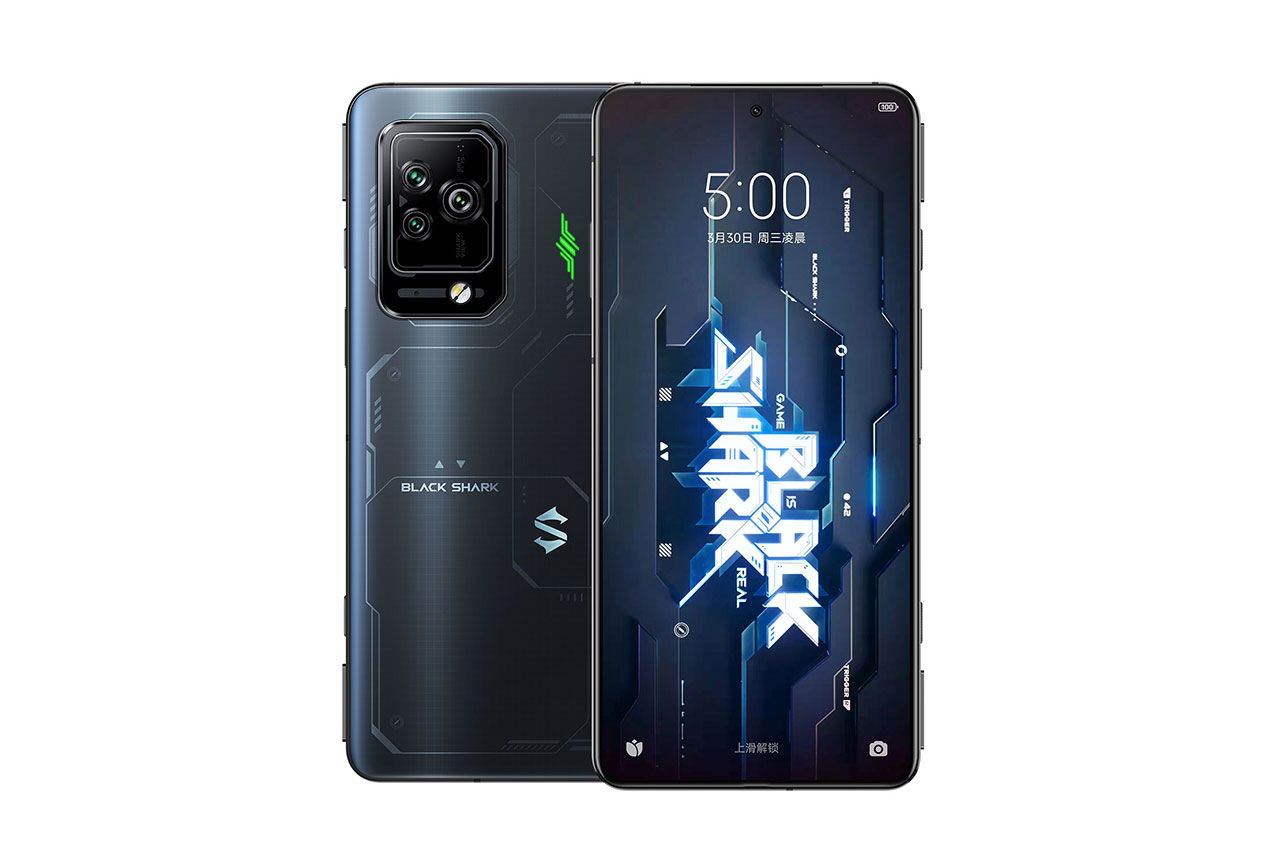
Black Shark 5 Pro


 1st
1st 1st
1stPlayback
Pros
- Excellent overall performance, even at maximum volume
- Excellent tonal balance
- Excellent stereo image
- Very good dynamic performance
Cons
- A few minor artifacts have been spotted, notably when pausing and playing music
Recording
Pros
- Excellent performance across all attributes
- Excellent Tonal Balance.
- Excellent performance at high SPL
- Seamless processing, natural and realistic recordings without artifacts
- Good wind noise handling
Cons
- Extreme high-end extension is slightly lacking, although the tonal balance remains realistic
- Bass sounds slightly hollow
- Audio zoom induces a loss of tonal balance and introduces artifacts
The Black Shark 5 Pro follows in its predecessor’s footsteps and becomes the new top-scorer in our Audio ranking database, achieving an impressive score of 161 in our tests. Overall, the Black Shark 5 Pro showed outstanding performances across all tested categories and use cases, both as a recording device and in playback. It is therefore perfectly suited whether you want to watch movies, send memos, play games, make selfie videos, listen to music, or record loud concerts.
In playback, except for artifacts, the Black Shark 5 Pro outshines its competitors across almost all our tested categories and use cases, whether it is for playing music, watching movies, or gaming. Timbre reproduction is excellent, with rich yet natural midrange, clean and airy treble, and a very pleasing low-end boost. Dynamics and spatial attributes are both impressive, as for volume, the 5 Pro is simply the loudest device we’ve tested to date. Albeit not flawless, the phone’s ability to control playback sonic artifacts is very good overall, temporal artifacts, in particular, being notably well handled. However, note that occasional clicks are audible when playing, pausing, or skipping through a track.
As a recording device, the Black Shark 5 Pro offers an equally outstanding performance. Recorded audio can reach impressive levels of loudness exhibiting very few artifacts. Additionally, timbre capture is pleasing yet natural, dynamics are excellent, and spatial attributes are immersive and realistic—even in selfie videos. In view of all these skills, background capture is, expectedly, very satisfying, natural, and well-balanced. In terms of recording use cases, this makes the Black Shark 5 Pro as suited for recording concerts or meetings, filming selfie or life videos, and making memos.
Test summary
About DXOMARK Audio tests: For scoring and analysis in our smartphone audio reviews, DXOMARK engineers perform a variety of objective tests and undertake more than 20 hours of perceptual evaluation under controlled lab conditions.
(For more details about our Playback protocol, click here; for more details about our Recording protocol, click here.)
The following section gathers key elements of our exhaustive tests and analyses performed in DXOMARK laboratories. Detailed performance evaluations under the form of reports are available upon request. Do not hesitate to contact us.
DXOMARK engineers test playback through the smartphone speakers, whose performance is evaluated in our labs and in real-life conditions, using default apps and settings.
Listen to the tested smartphone’s playback performance in this comparison with some of its competitors:
Here is how the Black Shark 5 Pro performs in playback use cases compared to its competitors:
The Timbre score represents how well a phone reproduces sound across the audible tonal range and takes into account bass, midrange, treble, tonal balance, and volume dependency. It is the most important attribute for playback.
As a playback device, the Black Shark 5 Pro’s timbre performance not only surpasses all other phones we have tested. The phone’s speakers excel across every frequency range, as well as in balancing them: The overall tonal balance is excellent, in addition to remaining fairly consistent regardless of the listening volume. In the lower end of the spectrum, the presence of a bass boost is very pleasing and helps get a more acute sense of pitch on lower notes. However, this means bass can sometimes feel a bit exaggerated, especially on already bass-heavy sounds such as electronic music.
Midrange sounds warm and rich, with very precise, natural, and full-sounding voices. Treble, finally, sounds very open and airy.
The Dynamics score measures the accuracy of changes in the energy level of sound sources, for example how precisely a bass note is reproduced or the impact sound from drums.
In the dynamics category, Black Shark’s latest flagship shares first place with its predecessor. Overall, dynamics are well defined and deliver a whole lot of energy. Thanks to the extended low-end, punch is particularly impactful at nominal level, and bass precision at soft volume is quite impressive.
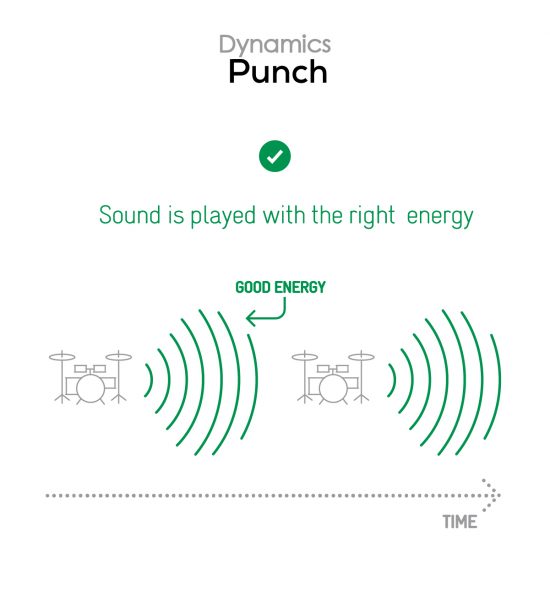
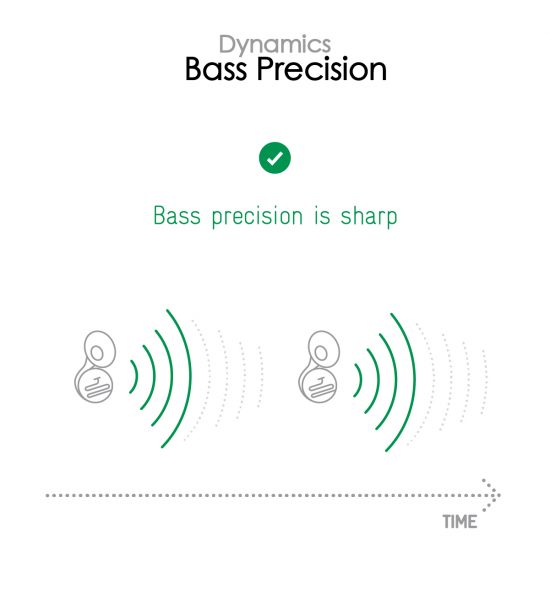
The phone performs better with softer genres of music; as “dense” tracks are played louder, compression emphasizes midrange while slightly decreasing low-end and punch. As for attack, it is very satisfying from a nominal level all the way up to maximum volume.
Spatial attributes are no exception, with a perfectly centered balance between the left and right channels, great wideness of the stereo field, and realistic distance rendering. As for localizability of the sound sources, while very precise when watching movies, it is slightly less so in other use cases.

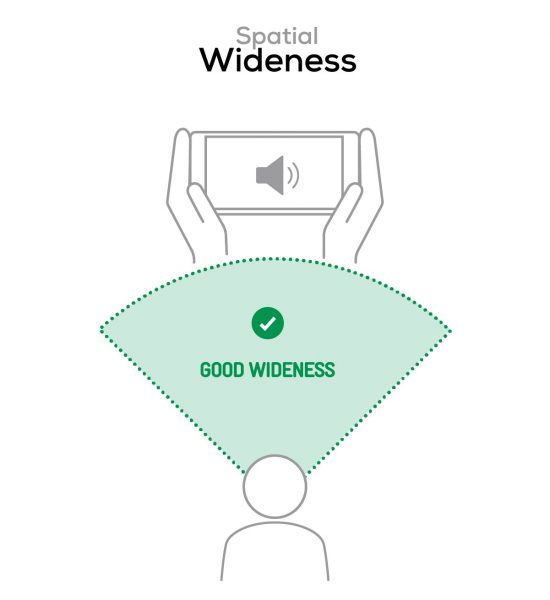
The Volume score represents the overall loudness of a smartphone and how smoothly volume increases and decreases based on user input.
Simply put, the Black Shark 5 Pro is the loudest device that our engineers have tested thus far. Additionally, the performance at minimum volume is also exemplary, leaving audio very clear and intelligible. Here are a few sound pressure levels (SPL) measured when playing our sample recordings of hip-hop and classical music at maximum volume:
| Hip-Hop | Classical | |
| Black Shark 5 Pro | 77.1 dBA | 70.1 dBA |
| Apple iPhone 13 Pro Max | 72.4 dBA | 69.5 dBA |
| Google Pixel 6 Pro | 73 dBA | 69 dBA |
Speaker volume is another great strength, reaching six points higher than the previous title-holder in this category, the Realme X2 Pro. As seen in the graph below, the distribution of volume steps is extremely homogeneous from softest to loudest levels.
The following graph shows the gradual changes in volume going from minimum to maximum. We expect these changes to be consistent across the range, so that all volume steps correspond to users’ expectations:

Artifacts
Black Shark 5 Pro
157
The Artifacts score measures the extent to which the sound is affected by various types of distortion. The higher the score, the less the disturbances in the sound are noticeable. Distortion can occur because of sound processing in the device and because of the quality of the speakers.
While it is certainly not as spectacular as the other categories, the artifacts performance remains overall very satisfying. Despite the phone’s impressively loud maximum volume, correlated artifacts (such as excessive compression) are very well handled. That said, the bass excess previously mentioned can induce artifacts on very low kicks, and play/pause or skipping through a track can generate clipping noises.
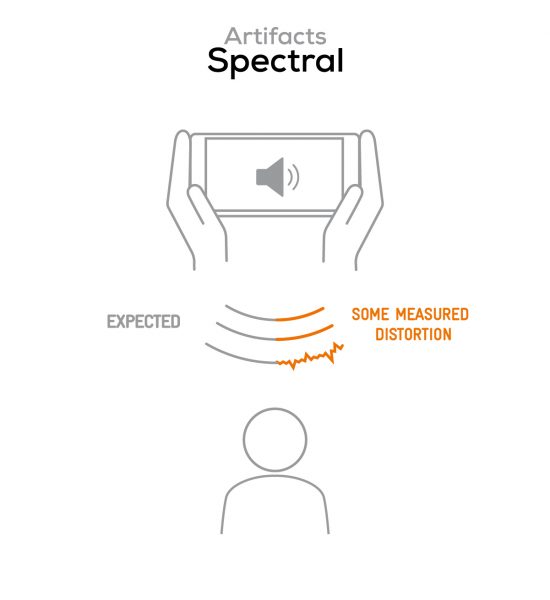
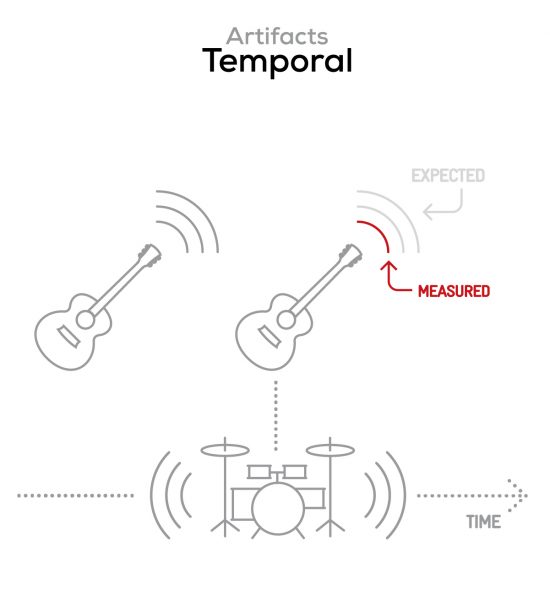
It represents the distortion and noise of the device playing our test signal (0 dB Fs, Sweep Sine in an anechoic box at 40 cm) at the device's maximum volume.
Recording
Black Shark 5 Pro
160
DXOMARK engineers test recording by evaluating the recorded files on reference audio equipment. Those recordings are done in our labs and in real-life conditions, using default apps and settings.
Here is how the Black Shark 5 Pro performs in recording use cases compared to its competitors:

Timbre
Black Shark 5 Pro
147
The Timbre score represents how well a phone captures sounds across the audible tonal range and takes into account bass, midrange, treble, and tonal balance. It is the most important attribute for recording.
As a recording device, the Black Shark 5 Pro excels at capturing timbre, delivering a pleasing yet natural frequency response and a particularly harmonious tonal balance regardless of the phone’s orientation, even in loud environments.
Treble sounds very clear without ever becoming harsh. It benefits from an appreciable high-end extension and manages to never become aggressive, even in loud environments. Midrange is homogeneous and consistent, exhibiting a clear high midrange and a strong low midrange. Both musical and vocal recordings are very pleasant, regardless of the sound pressure level. Bass is versatile, offering appreciable depth to everyday recordings while sounding powerful (and yet still clean) in loud concerts situations.
Note that a small notch in the bass range induces a slightly hollow sonority to what would otherwise have been a plentiful bass timbre. That said, extreme low-end frequencies are being highlighted thanks to that same notch. It´s also worth keeping in mind that using the audio zoom feature results in a significant loss of bass and treble.
The Dynamics score measures the accuracy of changes in the energy level of sound sources, for example how precisely a voice's plosives (the p's, t's and k's, for example) are reproduced. The score also considers the Signal-to-Noise Ratio (SNR), for example how loud the main voice is compared to the background noise.
The 5 Pro’s microphones are also masterful at capturing dynamics. First of all, the dynamic range is truly great, with no perceivable compression. Further, envelope is highly satisfying, especially when recording in loud environments where recordings show nearly no sign of pumping. Finally, the signal-to-noise ratio is flawless, benefitting from a very well-tuned noise reduction algorithm that allows voices to seamlessly and naturally stand out from the background.
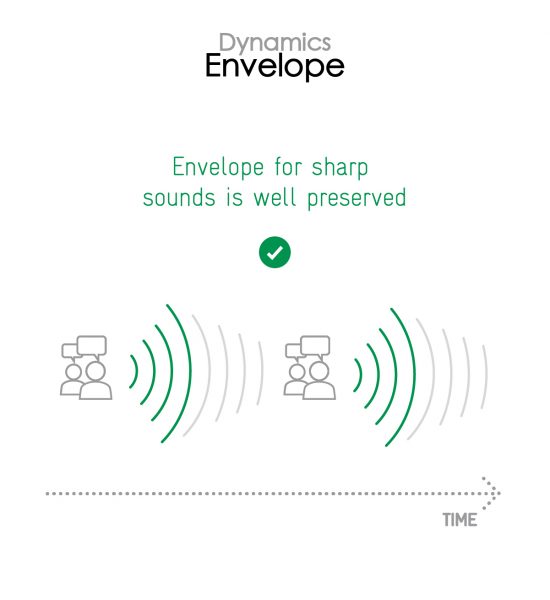
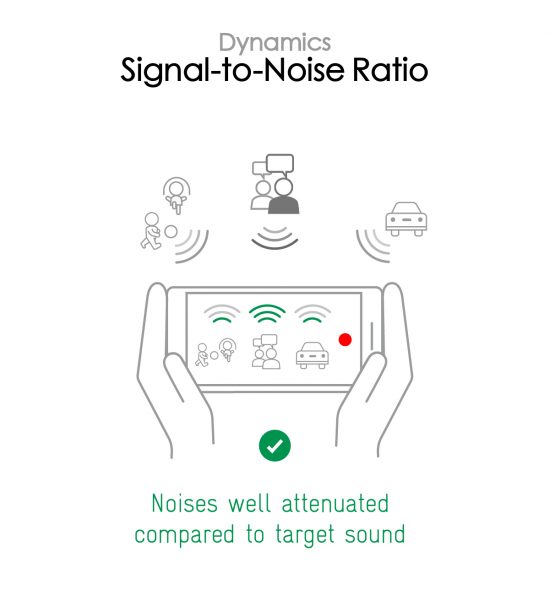

Spatial
Black Shark 5 Pro
159
The sub-attributes for spatial tests include pinpointing a specific sound's location, its positional balance, distance, and wideness on the recorded audio files.
In recordings, spatial attributes are slightly less impressive than the 4 Pro’s — but we’re nitpicking here. The carefully balanced frequency response and the exceptional signal-to-noise ratio allow the voices to stand out from the background, which enhances distance rendition. Stereo wideness is not only great in landscape videos, but also very good in selfie videos, and localizability of distinct sound sources is precise.
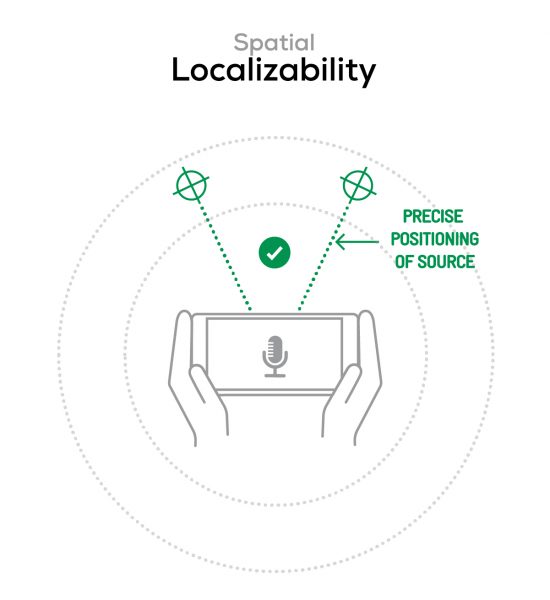
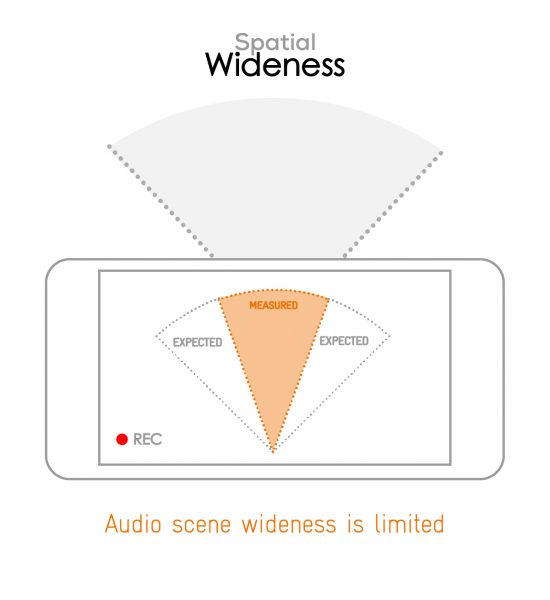
The Volume score represents how loud audio is normalized on the recorded files and the how the device handles loud environments, such as electronic concerts, when recording.
Just like in playback, the Black Shark 5 Pro is the loudest recording device we’ve tested to date, reaching impressive recording levels with very little distortion and no other detrimental artifacts. Here are the sound levels recorded in the audio and video files, measured in LUFS (Loudness Unit Full Scale); as a reference, we expect loudness levels to be above -24 LUFS for recorded content:
| Meeting | Life Video | Selfie Video | Memo | |
| Black Shark 5 Pro | -21.3 LUFS | -17.5 LUFS | -16.4 LUFS | -16.4 LUFS |
| Apple iPhone 13 Pro Max | -25.5 LUFS | -22.7 LUFS | -20.1 LUFS | -18.2 LUFS |
| Google Pixel 6 Pro | -27.5 LUFS | -19.6 LUFS | -17.6 LUFS | -20 LUFS |
The Artifacts score measures the extent to which the recorded sounds are affected by various types of distortions. The higher the score, the less the disturbances in the sound are noticeable. Distortions can occur because of sound processing in the device and the quality of the microphones, as well as user handling, such as how the phone is held.
From a recording point of view, the Black Shark 5 Pro excels at keeping sonic artifacts to a minimum. In most use cases, even in high SPL scenarios, captured audio is simply free from perceivable artifacts, whether temporal (such as compression), spectral (distortion), or noise-related. Noise processing is indeed done in an efficient and seamless way. On another note, total occlusion of the microphones is prevented by a processing that can induce slight artifacts such as occasional (and fairly undisturbing) volume drops. Wind noise is handled well, but using the audio zoom feature introduces hissing and noises.
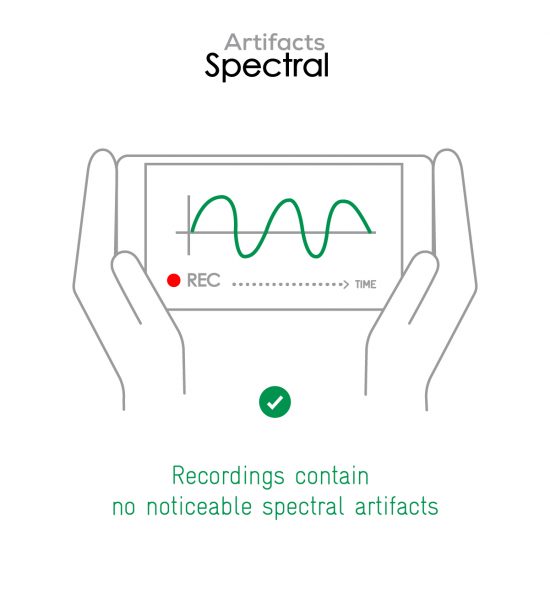
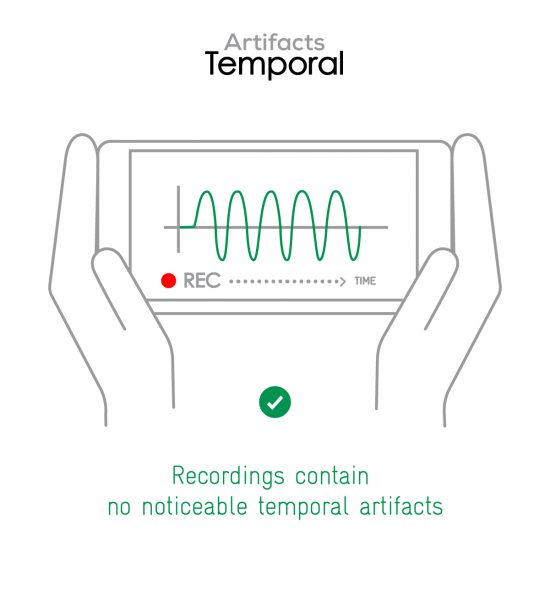
In this audio comparison, you can listen to the way this smartphone handles wind noise relative to its competitors:
Background evaluates how natural the various sounds around a voice blend into the video recording file. For example, when recording a speech at an event, the background should not interfere with the main voice, yet it should provide some context of the surroundings.
Recorded backgrounds sound very natural and unintrusive thanks to a consistent and well-tuned tonal balance. While low-end provides just enough depth to the background without letting it take too much space, treble is bright yet still soft. Overall, no artifacts were noticed by our engineers.
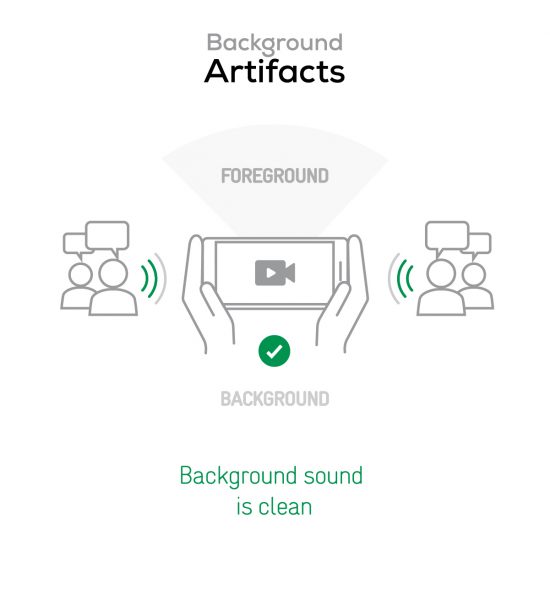
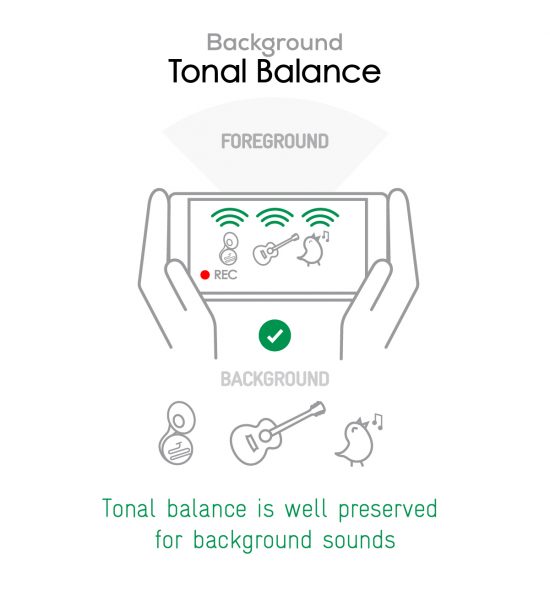


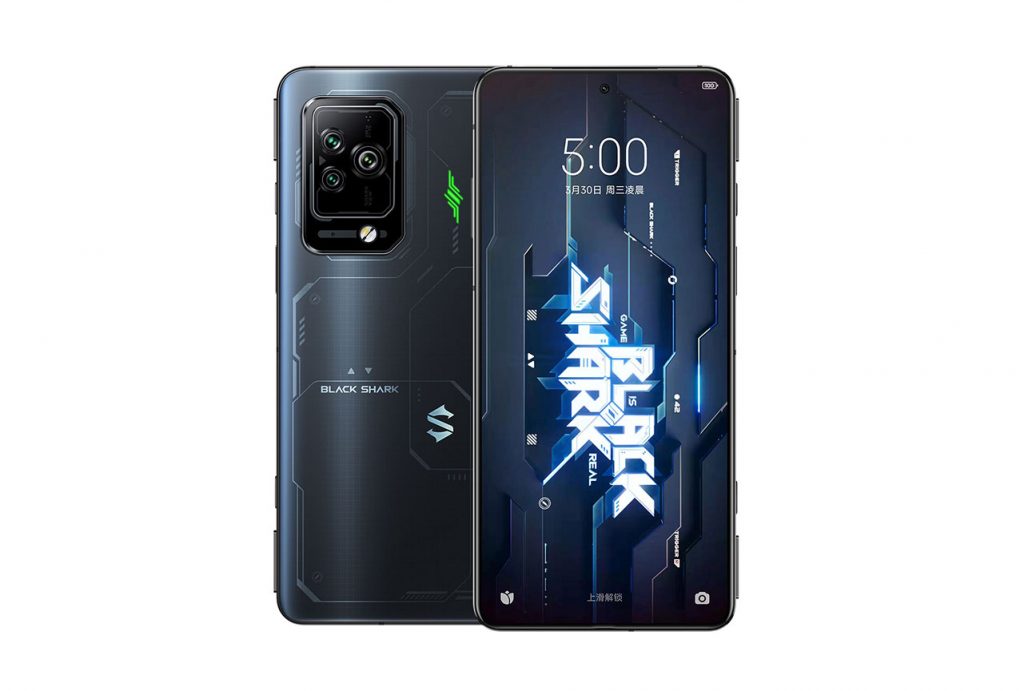




DXOMARK encourages its readers to share comments on the articles. To read or post comments, Disqus cookies are required. Change your Cookies Preferences and read more about our Comment Policy.